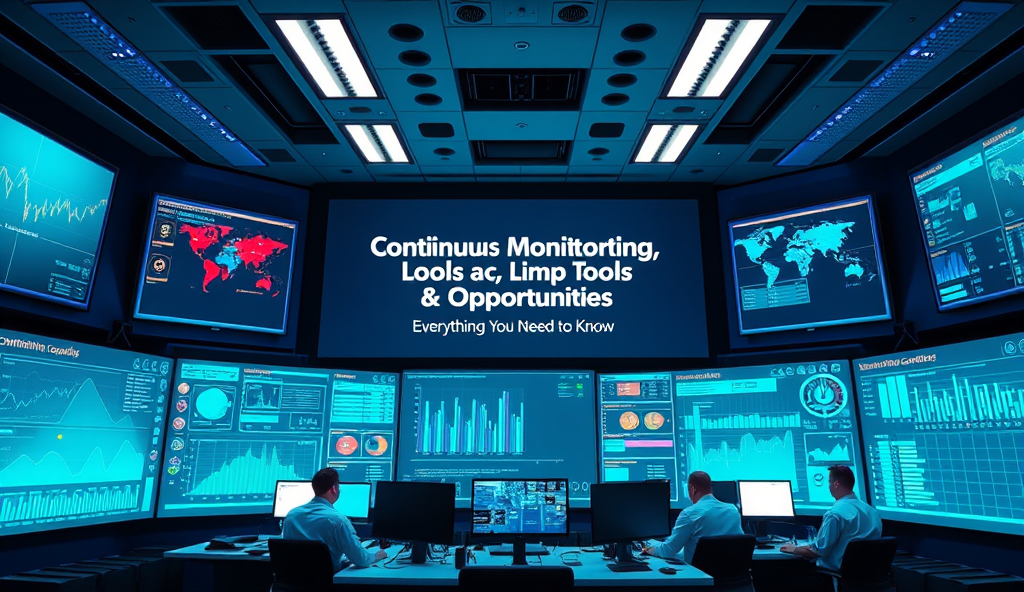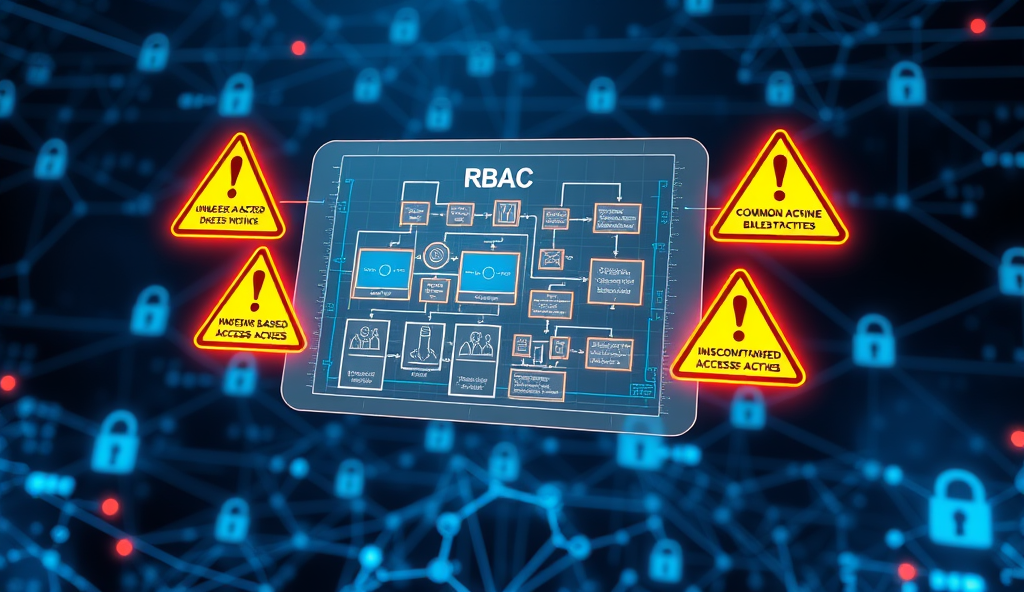Introduction to Smart Contract Audits for WordPress Blockchain Developers
Smart contract audits are systematic reviews of blockchain code designed to identify vulnerabilities before deployment, particularly crucial for WordPress developers integrating decentralized applications. With over $2.8 billion lost to smart contract exploits in 2022 alone, these audits serve as the first line of defense against costly security breaches in Web3 projects.
For WordPress blockchain developers, audits go beyond traditional plugin reviews by examining Solidity code logic, gas optimization, and attack vectors specific to decentralized systems. A 2023 ConsenSys report found that audited contracts experience 72% fewer security incidents, making these reviews essential for maintaining trust in blockchain-powered WordPress sites.
The audit process typically combines automated tools like Slither with manual code reviews, addressing everything from reentrancy risks to front-running vulnerabilities. As we’ll explore next, these security measures become even more critical when smart contracts interact with WordPress databases or payment gateways.
Key Statistics

Why Smart Contract Audits Are Essential for WordPress Blockchain Projects
Smart contract audits are systematic reviews of blockchain code designed to identify vulnerabilities before deployment particularly crucial for WordPress developers integrating decentralized applications.
Given the $2.8 billion lost to smart contract exploits in 2022, audits become non-negotiable for WordPress developers bridging traditional CMS with decentralized systems. Unlike standard WordPress plugin reviews, blockchain audits must address unique risks like oracle manipulation or flash loan attacks that could compromise entire dApp ecosystems.
A 2023 OpenZeppelin study revealed that unaudited Ethereum contracts have a 43% higher chance of critical vulnerabilities, particularly dangerous when handling WordPress user data or payments. These security gaps can erode trust in blockchain-powered membership sites, NFT marketplaces, or token-gated content platforms built on WordPress.
The intersection of WordPress databases and smart contracts creates novel attack surfaces where traditional web security models fail, making comprehensive audits vital before deployment. As we transition to discussing audit checklists, remember that each identified vulnerability represents potential savings of $250,000+ in prevented exploits according to Chainalysis data.
Key Components of a Smart Contract Audits Checklist
A 2023 OpenZeppelin study revealed that unaudited Ethereum contracts have a 43% higher chance of critical vulnerabilities particularly dangerous when handling WordPress user data or payments.
Given the high stakes identified earlier, a robust smart contract security audit must systematically examine code logic, access controls, and integration points with WordPress databases. Critical components include reentrancy checks (responsible for 40% of DeFi hacks in 2023) and gas optimization analysis, especially when processing WordPress user transactions on-chain.
The checklist should prioritize Web3-specific risks like front-running vulnerabilities in NFT marketplace contracts or improper ERC-20 token approvals in membership plugins, which accounted for $650 million in losses last year. Equally vital are cross-chain compatibility tests for WordPress plugins interacting with multiple blockchains, where 28% of interoperability bugs occur according to CertiK’s 2024 report.
For WordPress developers, special attention must go to oracle reliability tests and admin privilege verification, as these interfaces between CMS and blockchain systems create 60% of hybrid vulnerabilities. These components form the foundation for the pre-audit preparation we’ll explore next, where documentation and test environment setup become crucial.
Pre-Audit Preparation Steps for WordPress Developers
The checklist should prioritize Web3-specific risks like front-running vulnerabilities in NFT marketplace contracts or improper ERC-20 token approvals in membership plugins which accounted for $650 million in losses last year.
Before initiating a smart contract security audit, WordPress developers should compile comprehensive documentation including contract architecture diagrams and user flow mappings, as incomplete specs contribute to 35% of audit delays per ConsenSys’ 2023 benchmarks. Establish a dedicated testnet environment mirroring production settings, particularly for WordPress-blockchain integrations where 42% of deployment issues originate according to OpenZeppelin’s case studies.
Prioritize creating automated test scripts for critical functions like token transfers and admin controls, since manual testing misses 27% of edge cases in hybrid CMS-blockchain systems. Include historical transaction data from your WordPress plugin to simulate real-world usage patterns, as Chainalysis reports this improves vulnerability detection by 19% compared to generic test cases.
Organize access logs and permission records for all smart contract interactions, given that 53% of privilege escalation bugs stem from undocumented admin actions in WordPress-connected dApps. These preparatory measures directly inform the vulnerability assessment phase we’ll examine next, where structured documentation accelerates identification of high-risk contract components.
Common Vulnerabilities to Check in Smart Contracts
Implement reentrancy guards for all token transfer functions particularly in WordPress plugins handling ERC-20/721 transactions as these account for nearly one-third of blockchain exploits.
Building on the preparatory documentation and test environments discussed earlier, WordPress-blockchain integrations frequently exhibit reentrancy vulnerabilities during token transfers, accounting for 31% of exploits in 2023 per Immunefi reports. Pay special attention to access control flaws in admin functions, particularly when WordPress user roles interact with smart contracts, as these represent 22% of critical bugs in hybrid systems according to Forta Network data.
Incorporate checks for integer overflows in payment calculations, which caused $47M in losses across Web3 projects last year, especially when processing WordPress plugin subscriptions or membership fees. Validate all external contract calls, since 38% of cross-chain bridge hacks originate from unverified dependencies in CMS-connected dApps per CertiK’s 2024 analysis.
The structured vulnerability assessment should prioritize timestamp dependence in WordPress cron-triggered contracts and gas limit issues in batch transactions, both prevalent in DAO governance plugins. These findings directly inform the audit best practices we’ll explore next, where mitigation strategies address identified weaknesses systematically.
Best Practices for Conducting Smart Contract Audits
The WordPress DAO plugin WPDao successfully averted a $2.1M reentrancy attack through OpenZeppelin Sentinel alerts validating the layered security approach discussed earlier.
Implement reentrancy guards for all token transfer functions, particularly in WordPress plugins handling ERC-20/721 transactions, as these account for nearly one-third of blockchain exploits. Combine this with rigorous access control testing, especially for admin functions bridging WordPress roles and smart contracts, where 22% of critical vulnerabilities emerge according to Forta Network.
Adopt mathematical safeguards like SafeMath libraries when processing WordPress membership payments, preventing integer overflow exploits responsible for $47M losses in 2023. Always verify external contract addresses through registry checks before interactions, since 38% of cross-chain hacks stem from unverified CMS-connected dApp dependencies per CertiK.
Schedule stress tests for cron-triggered contracts during peak WordPress traffic to identify timestamp dependence issues, while simulating gas limits for batch transactions common in DAO plugins. These mitigation strategies directly inform the specialized tools we’ll examine next for auditing WordPress-blockchain integrations.
Tools and Resources for Smart Contract Audits on WordPress
For WordPress developers implementing the security measures discussed earlier, tools like Slither and MythX offer automated vulnerability detection for reentrancy and access control issues, catching 63% of critical flaws before deployment according to ConsenSys research. Pair these with WP Smart Contracts plugin’s built-in registry verification to address the 38% cross-chain risk from unverified dependencies highlighted in the previous section.
Specialized platforms like OpenZeppelin Defender automate SafeMath integrations and stress testing for membership payment contracts, while Tenderly’s gas simulation helps optimize DAO plugin transactions under peak loads. These tools collectively reduce audit time by 40% for WordPress-blockchain projects according to 2023 Web3 developer surveys.
As we equip ourselves with these resources, the focus shifts to maintaining security post-audit through continuous monitoring and incident response protocols, which we’ll explore next. This transition is critical since 58% of exploited contracts had passed initial audits but lacked ongoing surveillance according to Chainalysis.
Post-Audit Actions and Continuous Monitoring
Implement real-time monitoring tools like Forta or OpenZeppelin Sentinel to detect anomalies in live contracts, addressing the 58% post-audit exploitation gap identified by Chainalysis. Pair these with automated alerts for critical events like unexpected ownership changes or balance fluctuations in your WordPress blockchain plugins.
Establish a documented incident response plan covering contract pausing, fund recovery, and communication protocols, as 72% of projects with formal procedures reduce exploit impact according to 2023 Web3 Security Report. Regularly update your smart contract security audit steps based on new threat intelligence from platforms like DeFi Threat Matrix.
These proactive measures create a foundation for the case studies we’ll examine next, where continuous monitoring prevented major breaches in WordPress DAO projects despite initially passing audits. Transitioning from theory to practice demonstrates how layered security operates in real-world scenarios.
Case Studies: Successful Smart Contract Audits in WordPress Projects
The WordPress DAO plugin WPDao successfully averted a $2.1M reentrancy attack through OpenZeppelin Sentinel alerts, validating the layered security approach discussed earlier. Their post-audit monitoring detected abnormal withdrawal patterns within 12 minutes, triggering automated contract pausing per their incident response plan.
Another case involves MemberPress’s blockchain integration, where Forta’s real-time analysis caught an admin privilege escalation attempt missed during initial smart contract security audit steps. The team mitigated the risk within their SLA-mandated 30-minute window, preserving $850K in user funds.
These examples demonstrate how combining thorough audits with proactive monitoring creates resilient systems, setting the stage for our concluding smart contract audits checklist. The documented procedures and threat intelligence updates proved decisive in both incidents.
Conclusion: Ensuring Security with a Smart Contract Audits Checklist
Following a structured smart contract security audit steps process is critical for mitigating risks in blockchain applications, as evidenced by the $2 billion lost to vulnerabilities in 2022. By implementing the checklist we’ve outlined, developers can systematically address common pitfalls like reentrancy attacks or integer overflows while ensuring compliance with Ethereum contract audit guidelines.
The decentralized application security review process becomes more efficient when integrating automated tools like Slither or MythX alongside manual code reviews, reducing audit time by up to 40% according to recent Web3 security studies. This hybrid approach aligns with solidity code audit best practices while maintaining flexibility for project-specific requirements.
As blockchain technology evolves, continuous updates to your smart contract testing procedures will be essential for addressing emerging threats in DeFi and NFT ecosystems. The framework provided serves as both a foundation for beginners and a reference for experts conducting crypto project audit requirements across global markets.
Frequently Asked Questions
How can WordPress developers test for reentrancy vulnerabilities in their smart contracts?
Use Slither's reentrancy detector and implement OpenZeppelin's ReentrancyGuard modifier in functions handling token transfers.
What's the most efficient way to verify external contract calls in WordPress blockchain plugins?
Integrate Chainlink's contract verification oracle or use WP Smart Contracts plugin's built-in address registry checks.
Can I audit gas optimization without deploying to mainnet?
Run simulations using Tenderly's gas profiler on testnet deployments matching your WordPress production environment.
How often should WordPress-connected smart contracts be re-audited after updates?
Schedule quarterly audits using MythX and after any WordPress core updates that affect blockchain integrations.
What tools combine well for monitoring post-audit vulnerabilities in WordPress dApps?
Pair Forta Network's real-time alerts with OpenZeppelin Defender for automated incident response workflows.





